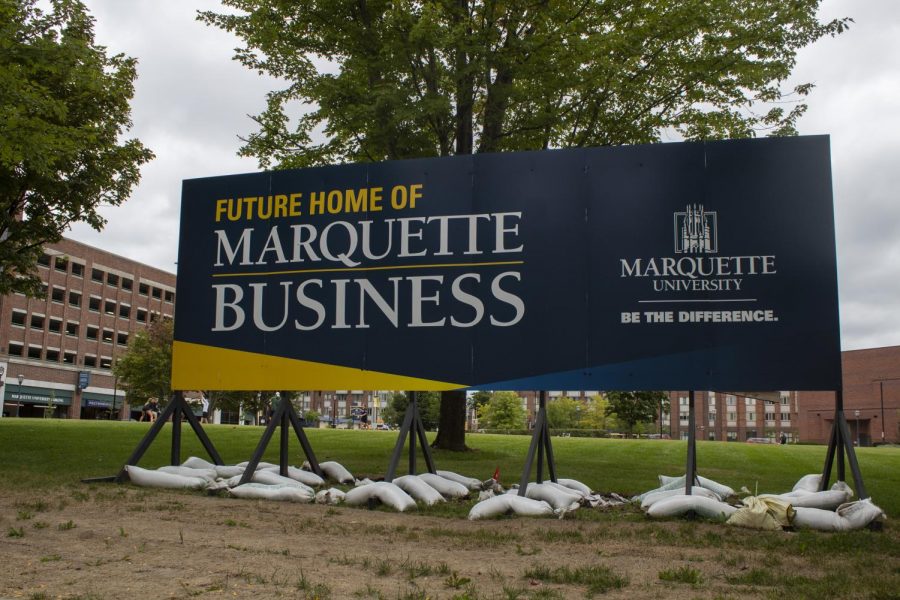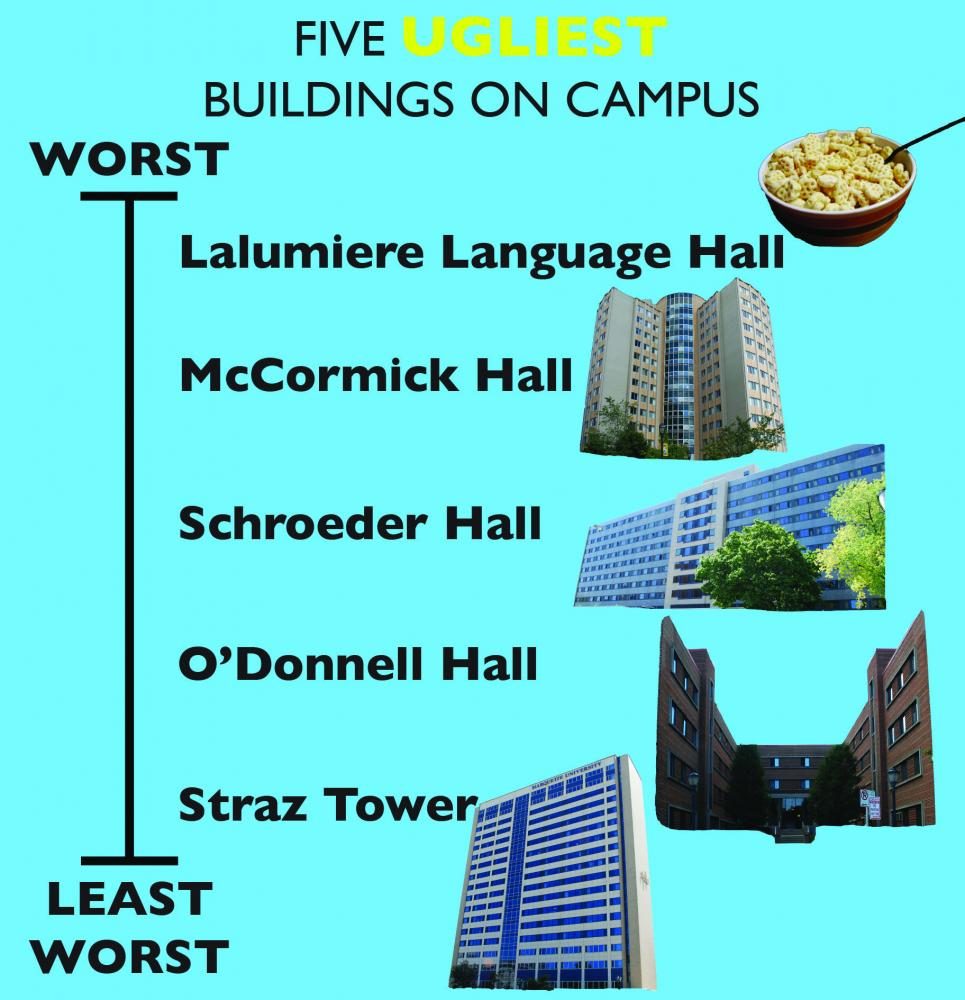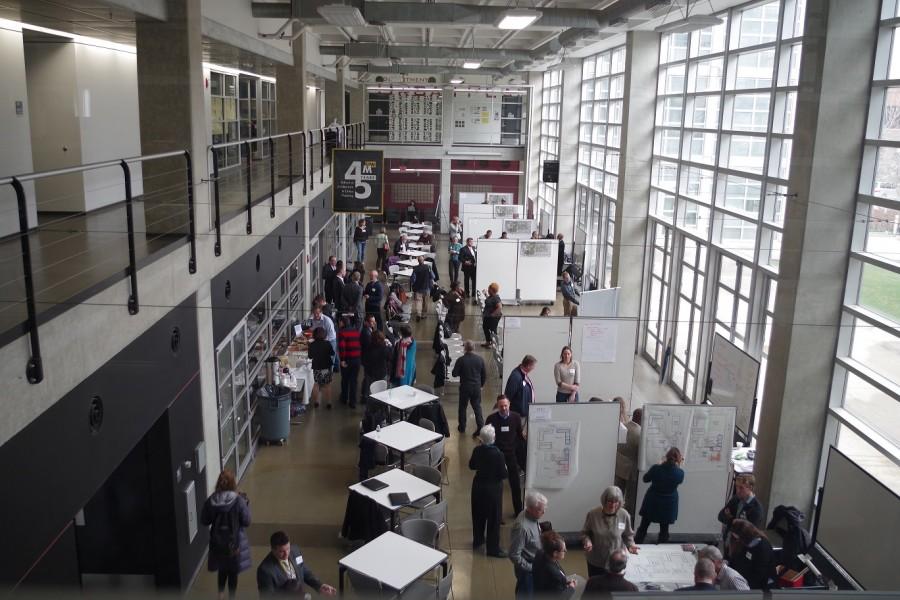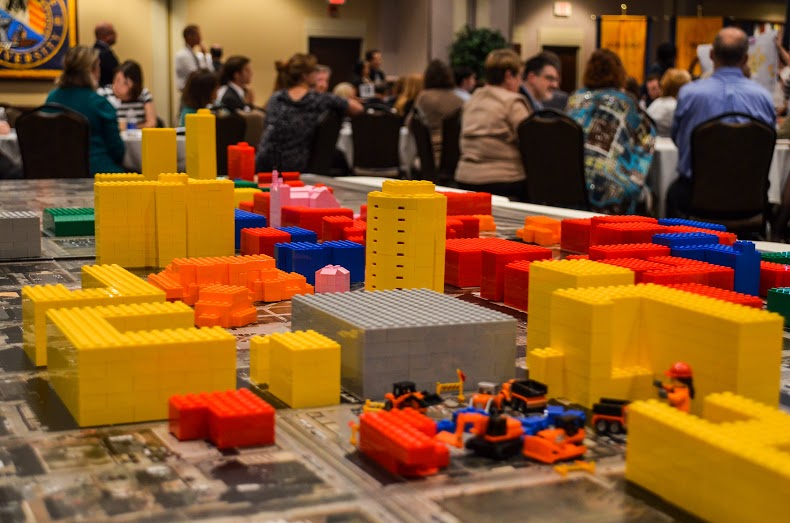On top of my finals ending a week ago, I was fortunate enough to take a course here in France on Parisian architecture – about 1,500 years of it.
After getting past some of the old stuff – walls around the city that are no longer standing, mansion houses that let one family stretch out while the public lives in squalor – there was a lot of talk about apartment buildings, modern museums and the buildings that really give the city its face.
I don’t know what sparked my interest, but I have a hard time crossing a bridge anymore without half an hour of eyeing the support structures. Architecture is the book cover of a city, a splendid mixture of creative design and by-the-numbers engineering that produces some pretty incredible structures as a result. All of them, in fact – run down apartment complexes, freestanding brick houses, buildings new and old.
For most, of course, what goes on behind the scenes doesn’t make much difference. But the looks from the outside are tax free, so you may as well take advantage. And with a bit of Milwaukee’s pleasant sunshine finally climbing out of its manhole, I’m ready for some leisurely trots down Wisconsin Avenue (or runs – whatever floats your boat, but I’m the one who blocks the sidewalk). If you’re doing the same, and you should, try looking up, not down. Milwaukee has a lot to see.
One often overlooked pleasure is the Wisconsin Gas Building, just a few blocks past the river. Like the Empire State Building with a trim, parts of this building displays the ultimate in Milwaukee building materials: cream city brick. If anything, these yellowish walls are what give Milwaukee its face – if the city were to rebuild the Tower of Babel, it would be made from cream city brick. A detour to the old Blatz brewery gives an even better look.
At the lake, take a beeline from the Milwaukee Art Museum (chances are you’ve looked at the whale tail before) and go for the Milwaukee County War Memorial, designed by Eero Saarinen in the ’50s. Up until now I’ve usually looked past square-looking buildings, but with my new-found love for boring shapes, this one pops. My ’50s counterpart would have lived in a house that looked like this – something like Frank Lloyd Wright’s blocky Fallingwater. Its a snapshot of a different time in Milwaukee.
Skip the way back down Wisconsin and cut through Pere Marquette Park to Old World Third Street. This stop’s especially sweet. The decoration of the buildings seems imported from Germany along with the beers and brats. If you’re on a bike, don’t look for too long. I’ve had too many close calls with traffic nuts.
Bonus: stop at the Milwaukee Cheese Mart to stuff yourself with some fresh cheddar samples, and take the bus back. The city’s architecture is great eye candy, but Milwaukee is great for more reasons than that.
—
Tony Manno is a junior double majoring in journalism and writing-intensive English. Email him at anthony.manno@marquette.edu.
Story continues below advertisement





